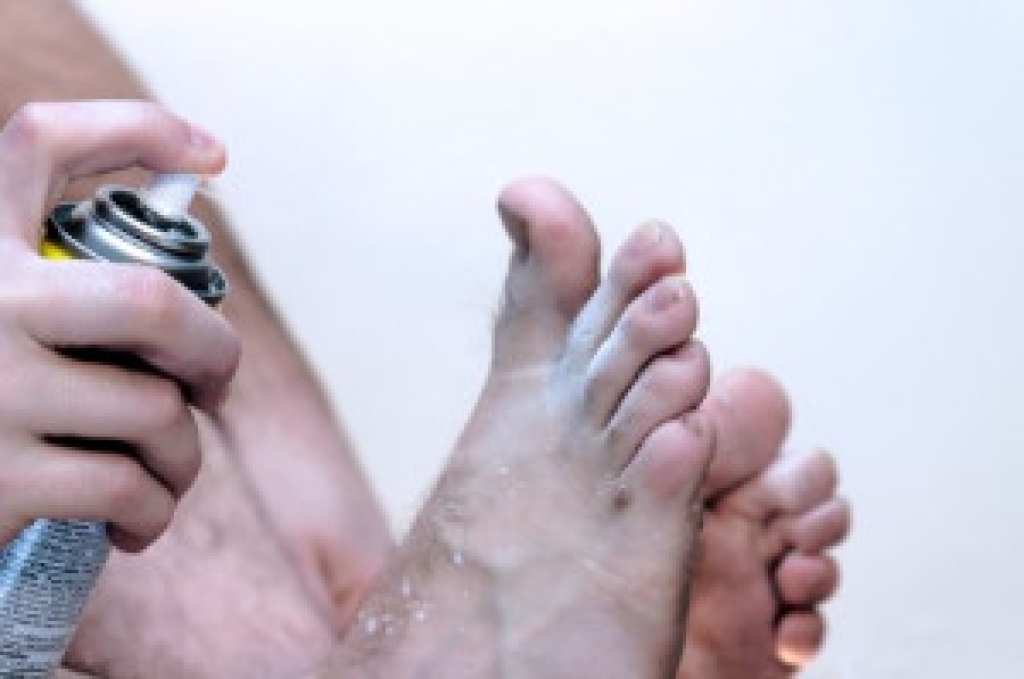
The medical term for athlete’s foot is called tinea pedis. It is a skin infection of the foot, and it is considered to be contagious. Research has shown approximately 10 percent of Americans are afflicted with this condition, and it may recur in half the people who have athletes’ foot. The most common type of athletes’ foot is referred to as interdigital athlete’s foot, and it is found between the fourth and fifth toes. Many patients notice blisters form between the toes, and it may be an allergic reaction to certain types of fungal organisms. Moccasins-type athlete’s foot is noticeable on the sole and heel. This can cause the skin to become dry and flaky, and it may also affect the toenails. Effective preventative methods for athlete’s foot typically begin with practicing good hygiene habits and wearing appropriate shoes while in locker rooms and public swimming pool areas. Additionally, it is beneficial to refrain from sharing shoes, socks, and towels. If you notice symptoms of athletes’ foot, please confer with a podiatrist who can determine which type it is, and guide you toward the correct treatment.
Athlete’s Foot
Athlete’s foot is often an uncomfortable condition to experience. Thankfully, podiatrists specialize in treating athlete’s foot and offer the best treatment options. If you have any questions about athlete’s foot, consult with one of our podiatrists from Footcare Now. Our doctors will assess your condition and provide you with quality treatment.
What Is Athlete’s Foot?
Tinea pedis, more commonly known as athlete’s foot, is a non-serious and common fungal infection of the foot. Athlete’s foot is contagious and can be contracted by touching someone who has it or infected surfaces. The most common places contaminated by it are public showers, locker rooms, and swimming pools. Once contracted, it grows on feet that are left inside moist, dark, and warm shoes and socks.
Prevention
The most effective ways to prevent athlete’s foot include:
- Thoroughly washing and drying feet
- Avoid going barefoot in locker rooms and public showers
- Using shower shoes in public showers
- Wearing socks that allow the feet to breathe
- Changing socks and shoes frequently if you sweat a lot
Symptoms
Athlete’s foot initially occurs as a rash between the toes. However, if left undiagnosed, it can spread to the sides and bottom of the feet, toenails, and if touched by hand, the hands themselves. Symptoms include:
- Redness
- Burning
- Itching
- Scaly and peeling skin
Diagnosis and Treatment
Diagnosis is quick and easy. Skin samples will be taken and either viewed under a microscope or sent to a lab for testing. Sometimes, a podiatrist can diagnose it based on simply looking at it. Once confirmed, treatment options include oral and topical antifungal medications.
If you have any questions, please feel free to contact our offices located in Elmhurst Jackson Heights, Astoria, Rego Park, and Forest Hills, NY . We offer the newest diagnostic and treatment technologies for all your foot care needs.
